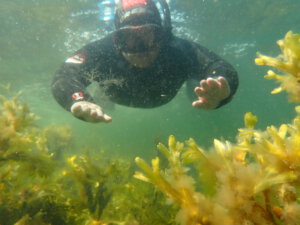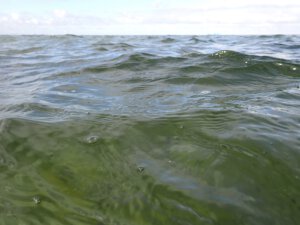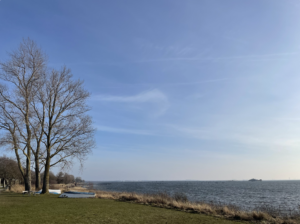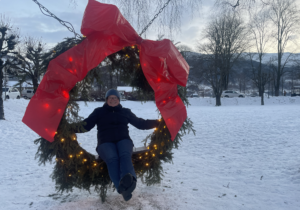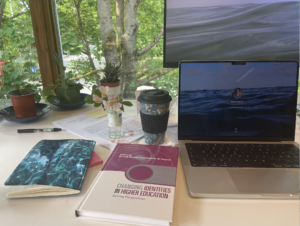
Now published: Glessmer, Curtis, & Thoni (2025) on “Two years of the initiative Teaching for Sustainability at Lund University – understanding challenges and exploring opportunities”
Together with my colleagues Steven Curtis and Terese Thoni, I ran a workshop at the Lund University Teaching and Learning conference 2024 — and now the proceedings have been published!
